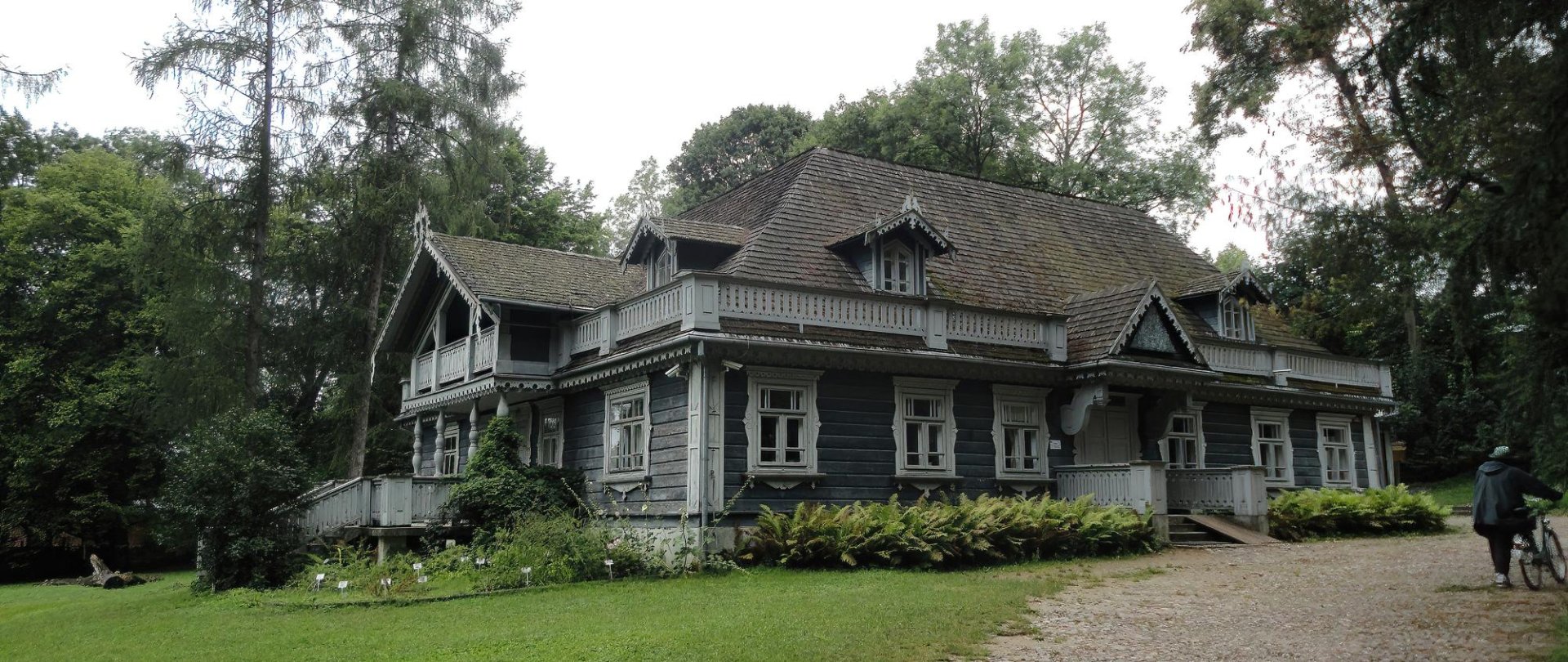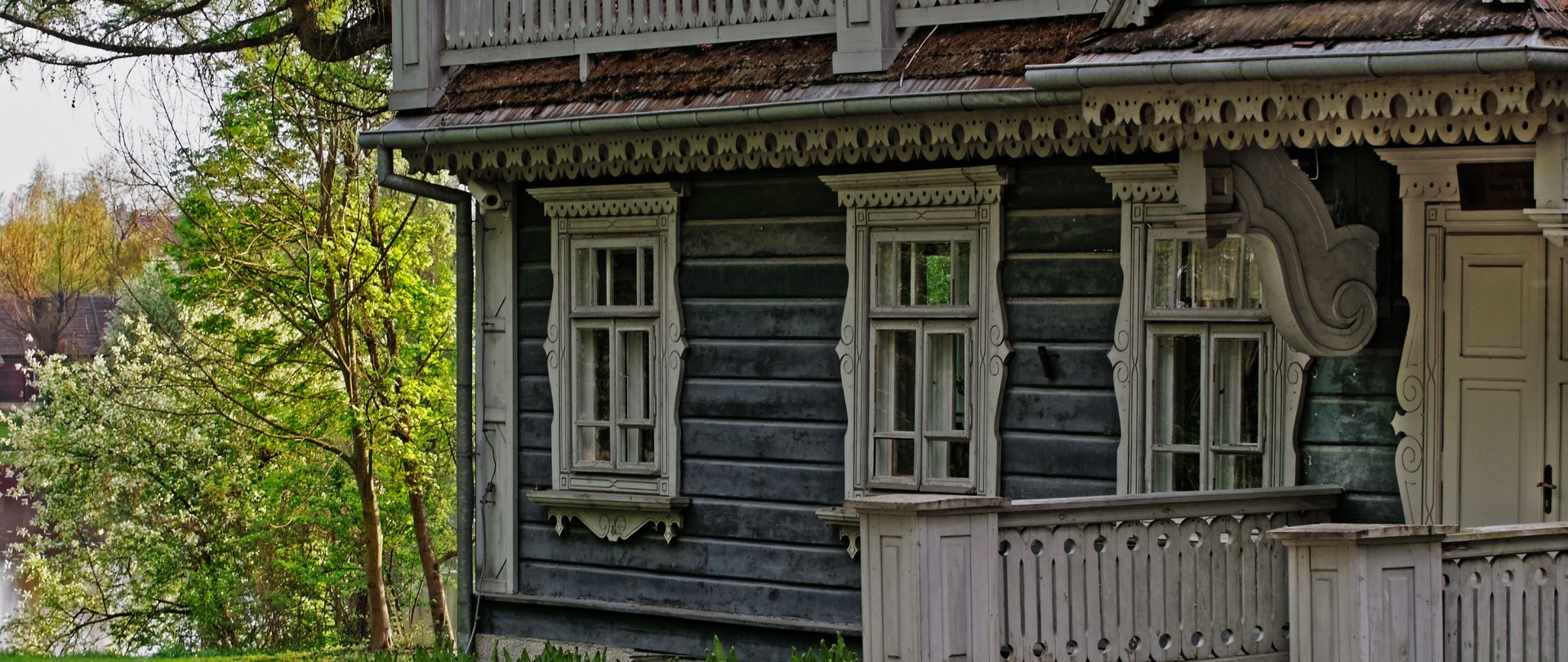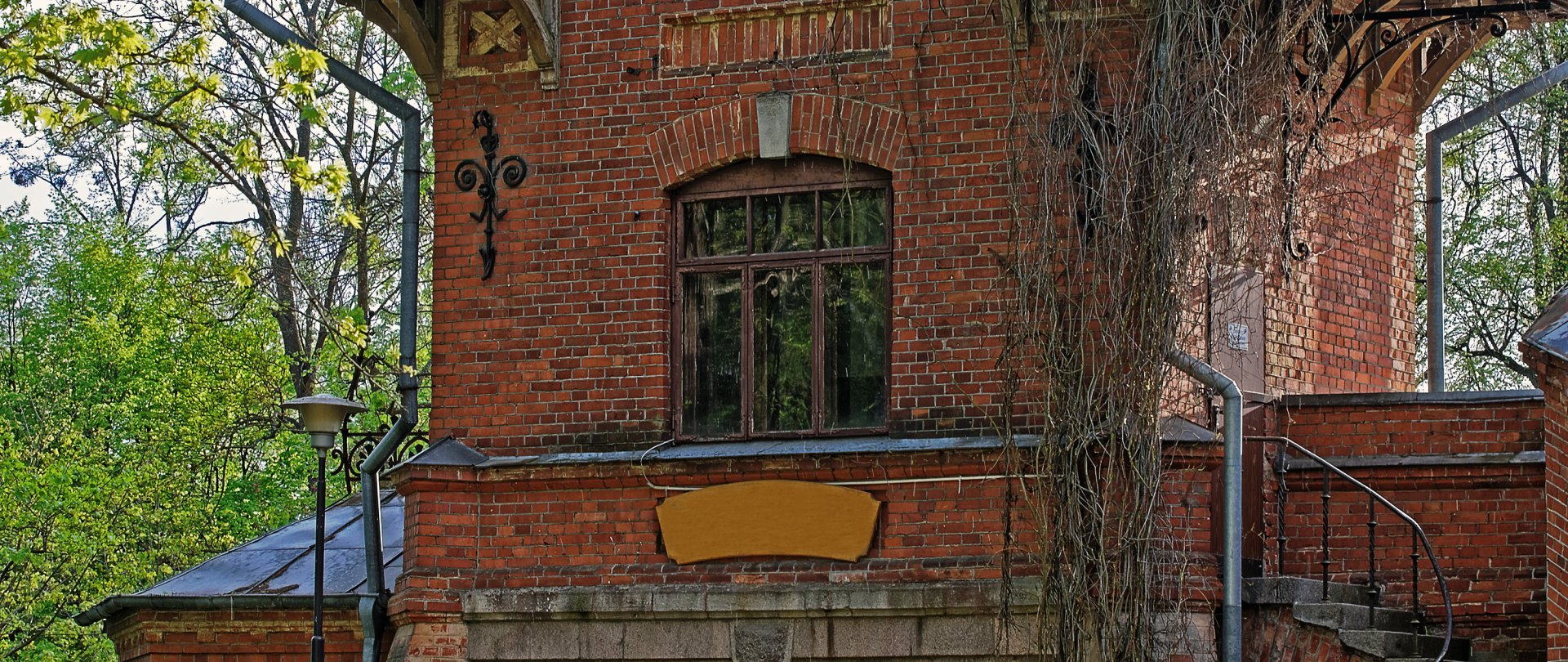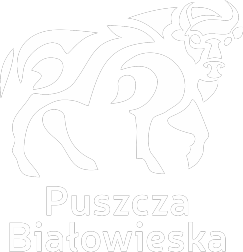Białowieża is surrounded by the ring of the Białowieża Forest - a lowland forest complex stretching on both sides of the Belarusian-Polish border, inscribed by UNESCO on the List of the World Heritage of Humanity, and in which the last fragments of natural forest have been preserved. The Białowieża forest is characterized by a high degree of naturalness: biodiversity found nowhere else, rich flora and fauna, and huge stands of trees towering over the forest floor, up to 500 years old, make this place extraordinary. The Białowieża Forest - a resting place for Polish kings and princes (the forest in the forest hosted, among others, Stefan Batory, Władysław Jagiełło and Sigismund Augustus), to this day tempts those who want to take a break from everyday life.
In Białowieża you will find:
- Nature and Forest Museum - a modern museum presenting the fauna and flora of the Białowieża Forest and human activity
- Palace Park - a charming place for walks, located next to charming ponds. There is a Nature and Forest Museum and historic buildings dating back to the 19th century, including: Palace Gate, Marshal's Manor, Cossack Stables.
- Orthodox church Saint Nicholas the Wonderworker, inside there is a unique porcelain iconostasis.
- Białowieża Palace Station - a newly built station pavilion on the ramp, modeled on the tsarist railway station from 1897.
- Open-Air Museum of Wooden Architecture of the Russian People of Podlasie - you can see old cottages, an Orthodox chapel, a windmill, beehives.
- Roman Catholic Church Saint Teresa - beautiful decoration of the chapel of St. Hubert using roots and horns.
- Virtual Museum of Jewish History in Białowieża - is devoted to the history of life and death of residents of Jewish nationality who co-created the world of Białowieża from the mid-19th century to 1941.
- "Kresy" Art Gallery of the Region and Borderland - This is a place where time seems to stand still. Crossing the threshold of the gallery, the tourist goes straight to the fairy-tale world of folklore, sprinkled with a touch of everyday life. In the gallery you can see exhibitions of sculpture and painting, but also exhibits of pottery, ceramics, cooperage, weaving, double-warp carpets, lace-making and others.



















